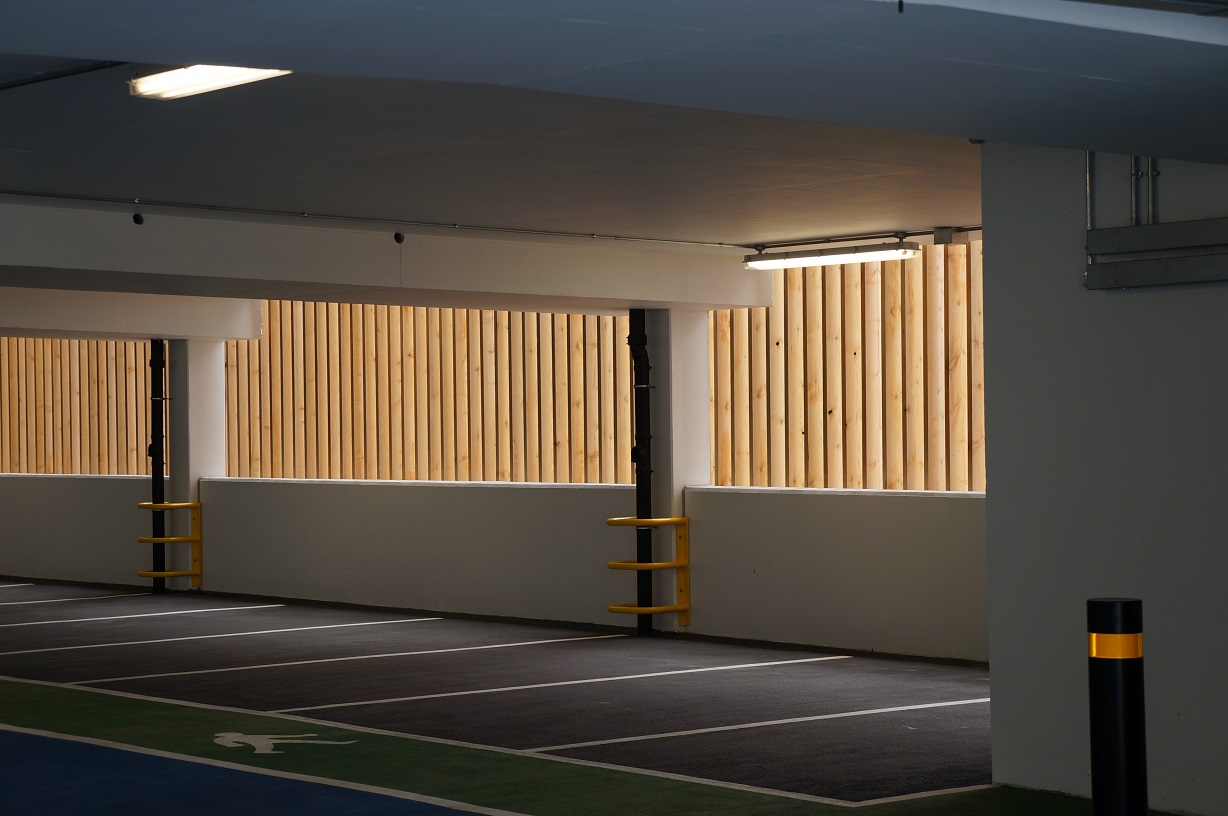How to be Environmentally Conscious in Construction
Building in an environmentally conscious way is becoming increasingly important. Pressures from global warming, limited land availability, environmental degradation, and resource limitations means that being able to build efficiently and innovatively will set a construction project head and shoulders above the rest.
Being environmentally conscious in building doesn’t simply refer to using recycled or natural materials; it’s a way we can reduce the overall impact of the building on the surrounding environments. This means pushing the boundaries in every aspect of a building project. This goes from planning and designing through to construction, operation, maintenance, renovation and even demolition.
As a result of trying to find solutions to becoming more environmentally efficient, the design and construction industries finds themselves at the beginning of a new era. An era where innovation and experimenting is a must. An era where construction is evolving to better suit the demands of people and their environment.

So How Can a Building Become More Environmentally Friendly?
Insulation
One of the most effective ways any home or commercial building can become more environmentally friendly is through increasing levels of insulation.
The cost of heating a home is a big expense financially as well as on the environment. Being able to reduce energy costs is one of the best ways construction projects can become more environmentally conscious.
Architects and designers are becoming more creative in ways to insulate buildings and often natural materials can provide some of the most sustainable and efficient insulation.
Rethinking Energy
As more renewable energy becomes available domestically, such as solar panels, as well as energy saving technologies such dual flush toilets, there are opportunities to make saving on the amount of energy and resources a home requires.
Eco-homes are setting the trend for demonstrating just how much energy can be saved when you make the effort.
Being able to create energy through solar, wind, hydro, or even biomass is an effective way to create a building that is self-sufficient and eco-friendlier.

Passive Solar Building Design
Architects and designers can often create buildings that are better suited to utilize energy and natural light. Instead of relying on insulation or renewable energy, architects can often create buildings that utilize the surroundings better. In a passive solar building, the windows, walls, and roof are designed to absorb and distribute heat in the winter and reject heat in the summer. This creates a building that is adapted to the surrounding environment and thus needs less artificial heating/cooling.
To create such a building involves a very scientific approach of looking at the surrounding environment and strategically placing windows in certain places, using specific insulation and designing rooms that allow heat to be utilized.
Material Efficiency
Using materials efficiently and reducing waste and carbon footprints is a good way to ensure a building project is environmentally conscious.
This doesn’t mean you have to use recycled materials, instead it means you need to be aware and conscious of any materials you are using.
Sometimes it requires a balance between materials and energy efficiency. Old materials may not be as energy efficient so you need to ensure the materials used can help reduce energy usage

Rainwater Harvesting
Being able to utilize rainwater in a country like the UK makes a lot of sense. The UK wastes a lot of water and as buildings install rainwater harvesting systems, it means buildings can control and use water more effectively.
These types of water systems are often more efficient at heating water too. They can heat only the water that is used rather than heating the whole tank which saves on energy needed for heating.
It’s clear to see the role construction has in the future of sustainable and eco-friendly buildings. As building projects continue to innovate and test new ideas, the opportunities to make even more environmental savings is apparent.
If you’re looking to take on a building project or simply want to learn more about how you can ensure your building is more environmentally conscious, then get in contact and speak to one of our experts today.


















